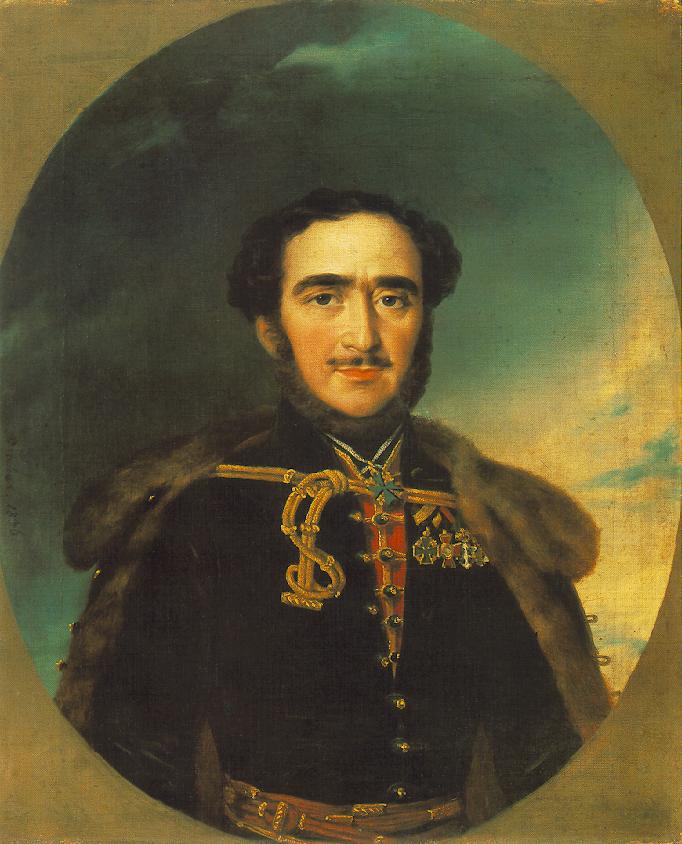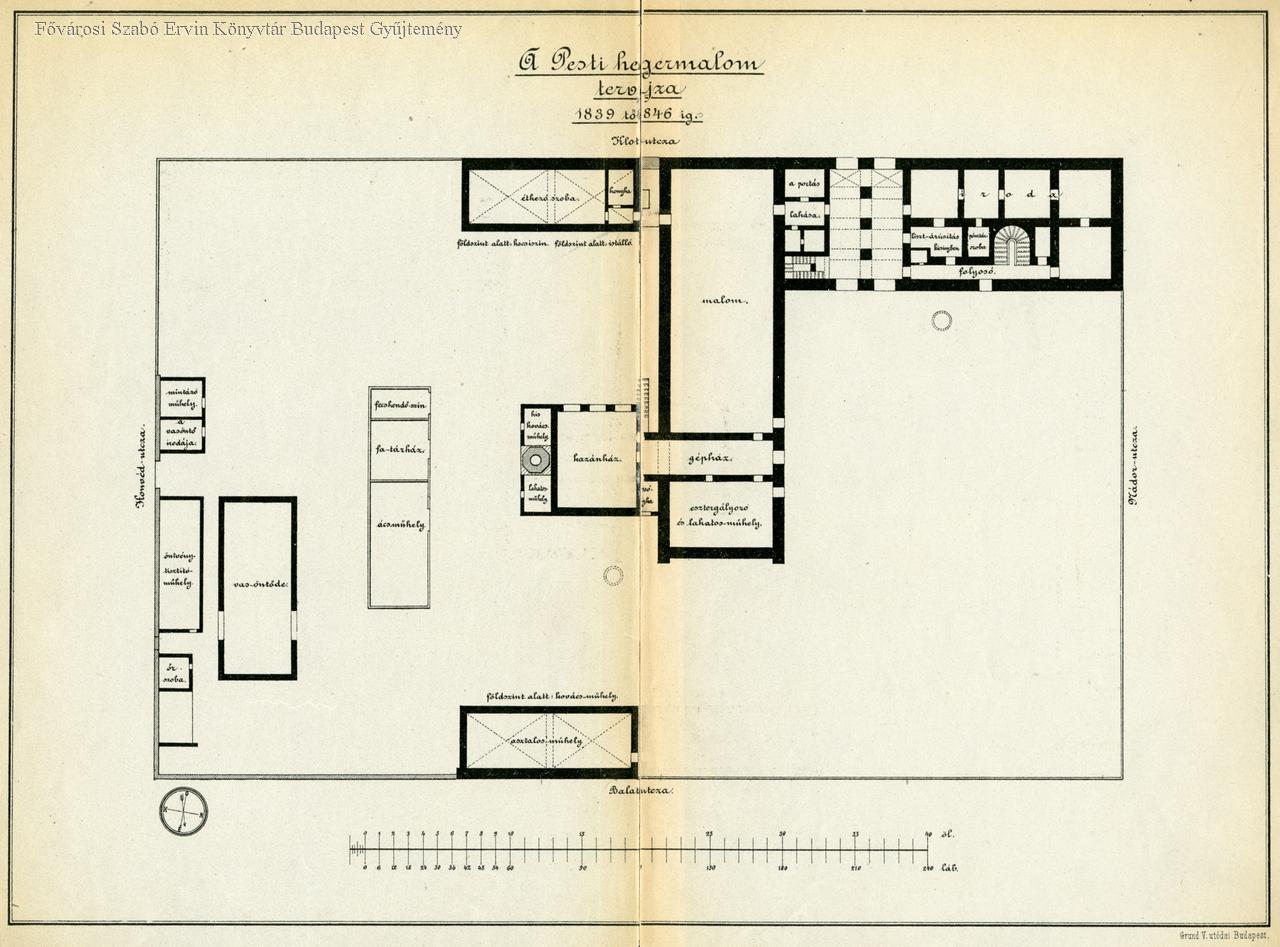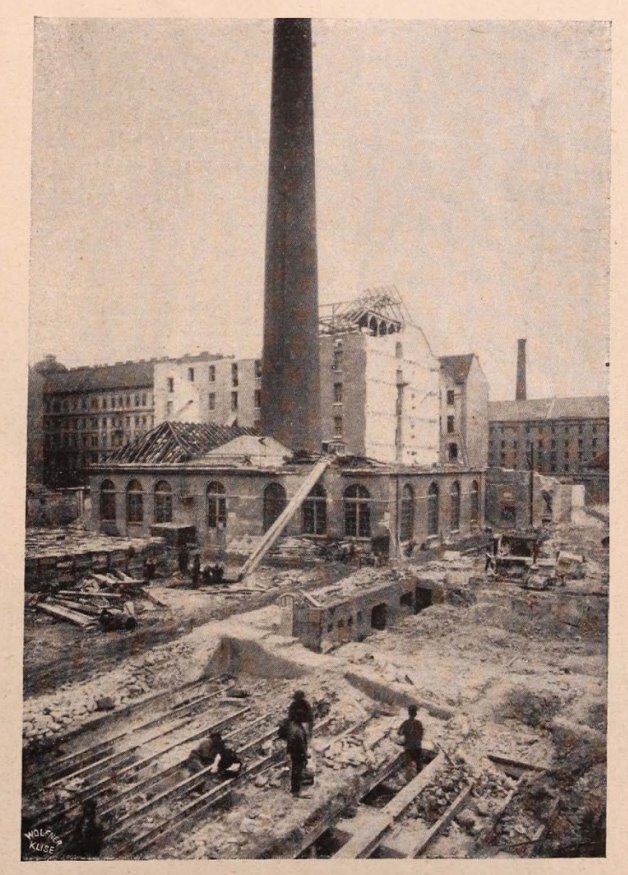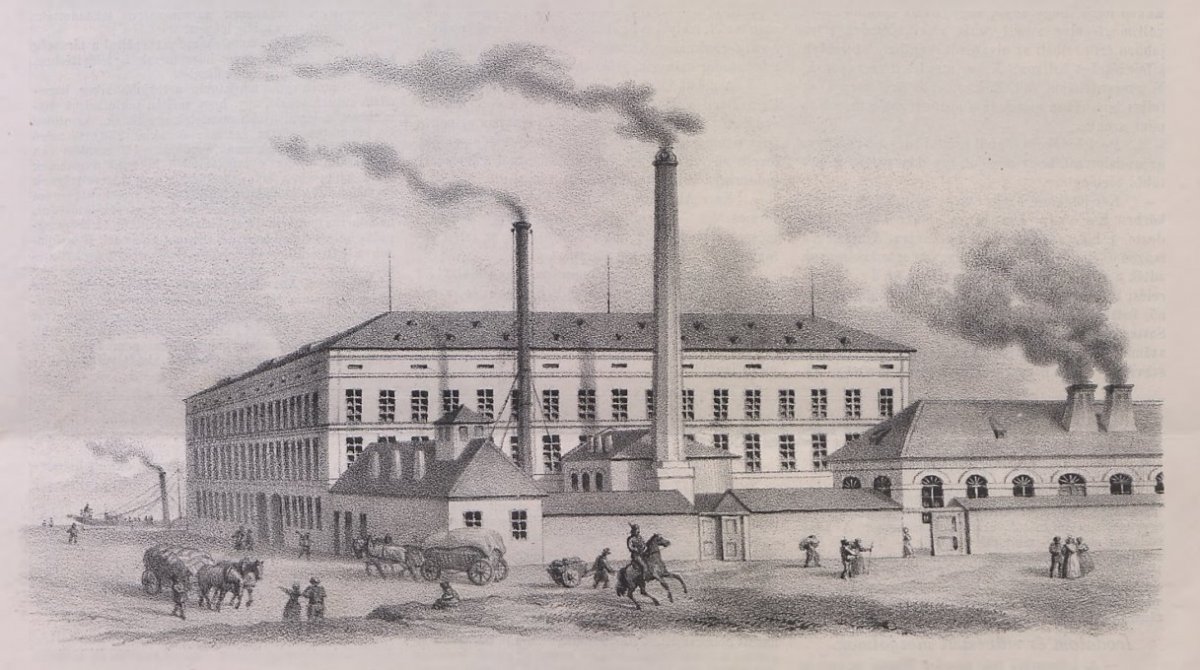The Pest Machine Factory and Iron Foundry Company was originally the machine shop and iron foundry of the József Rolling Mill. István Széchenyi saw the József Rolling Mill not only as a good deal, but as a “seed” that could sprout and help Hungary not to export unprocessed Hungarian grain, but good quality flour. This required modern operation. The József Rolling Mill used the most modern Swiss technology of the age, mainly due to the influence of István Széchenyi. The equipment of the highly developed plant of the period had to be maintained as well, which was carried out by a machine shop and an iron foundry next to the rolling mill. At that time, there was no suitable plant that would have performed this task.
The Rolling Mill's machine shop and foundry were established early in the mill's construction, and although the foundry and machine shop mainly repaired the mill's equipment, it quickly became clear that it could receive orders from other locations, including outsourced orders.
The machine shop and foundry were also staffed by foreign specialists, e.g., a Swiss specialist named Abraham Ganz started working here, then from 1842, he lead the foundry and workshop. However, Ganz left the company a few years later - in part because he was involved in a settlement dispute with management - to set up an independent small foundry. (Ganz's business did not start out easily, but it eventually became a successful company.)
The Rolling Mill's machine shop continued to develop after Ganz's departure, but in the mid-1840s, for financial reasons, it was suggested that the workshop should be separated from the mill. Although the mill itself made a profit, the machine shop did not, and this reduced the company's profitability. Széchenyi's staff developed a solution for this in 1845.
The plan, which István Széchenyi showed to the shareholders of József Rolling Mill in 1845, stated that an independent joint-stock company should be established to operate the machine shop. This, as explained to the shareholders, would have several advantages, on the one hand, the profits of the mill would not be taken away by the workshop and on the other hand, by becoming a joint-stock company, the independent machinery factory would receive the capital needed to operate profitably.

István Széchenyi did not want a mill, but a model plant that would start the development of Hungarian industry (painting by Miklós Barabás)
There were, of course, reservations, many shareholders disagreed with the idea, but they were finally persuaded, and the meeting of the shareholders of the József Rolling Mill on 25 July 1845 agreed that the machine shop would separate from the Rolling Mill, and continue to operate as a separate joint stock company.
All that was needed was to find new shareholders and a place. There would have been a place in Lipótváros, where the Rolling Mill was located, but this was opposed by many, such as the neighbouring Valero Silk Factory and the Beautification Committee itself, but in the end, the new business was able to get the land behind the Rolling Mill at a good price.
118,000 HUF was finally collected from the share subscription, and thus the new joint stock company could be formed on 18 April 1847. Of course, the new company was still attached to the József Rolling Mill with many strands, for example, it used its steam engine, took over a lot from it, and ended up operating next to each other.
The machine factory and iron foundry did not only serve the needs of the mill, but as an independent company it was even more dependent on external orders. One such customer was the Chain Bridge, where this company also made castings.

Floor plan of József Rolling Mill, the location of the iron foundry is clearly visible on the left side of the picture (Source: FSZEK Budapest Collection)
During the War of Independence, the company was converted to arms production. After the War of Independence, it did not work in its old place for long, because in 1851, the foundry was destroyed by fire, as was the first building of the Rolling Mill a year earlier.
The Rolling Mill was rebuilt and operated in its original location until 1867, but the foundry and machine plant, which burned down in 1851, were not restored.

Demolition of the original building of József Rolling Mill (Source: Új Idők, 12 May 1912)
True, this company has ceased to exist, but its impact has remained. On the one hand, it turned out that a domestic machine factory had something to offer on the market, and after all, the foundry and the workshop called for Abraham Ganz to Pest.
Cover photo: The Józse Roller Mill (Source: Az Ország Tükre, 1 April 1863)




































Hozzászólások
Log in or register to comment!
Login Registration